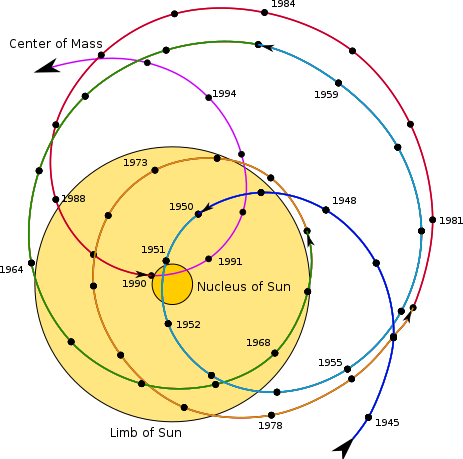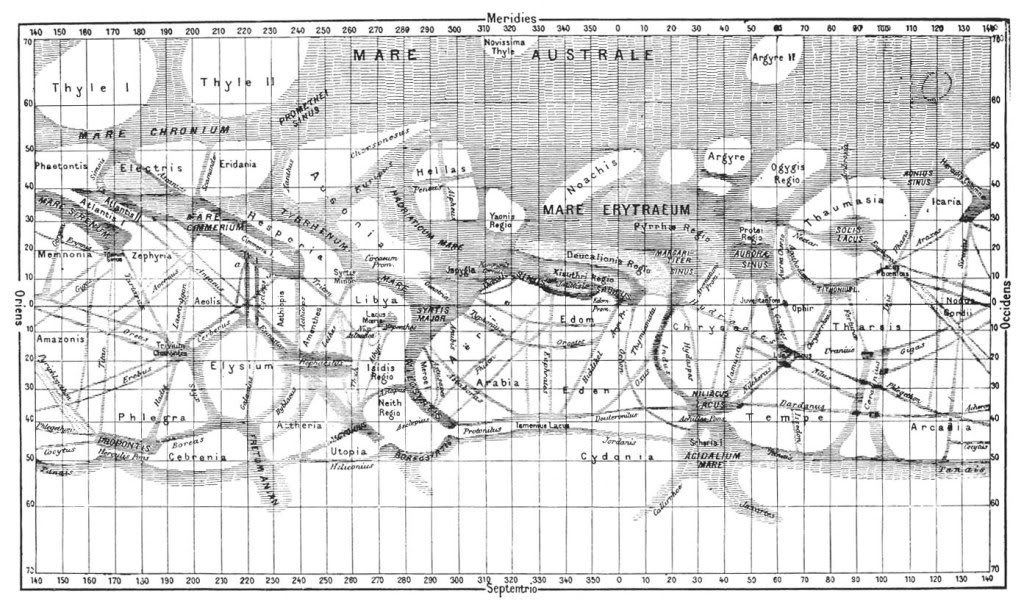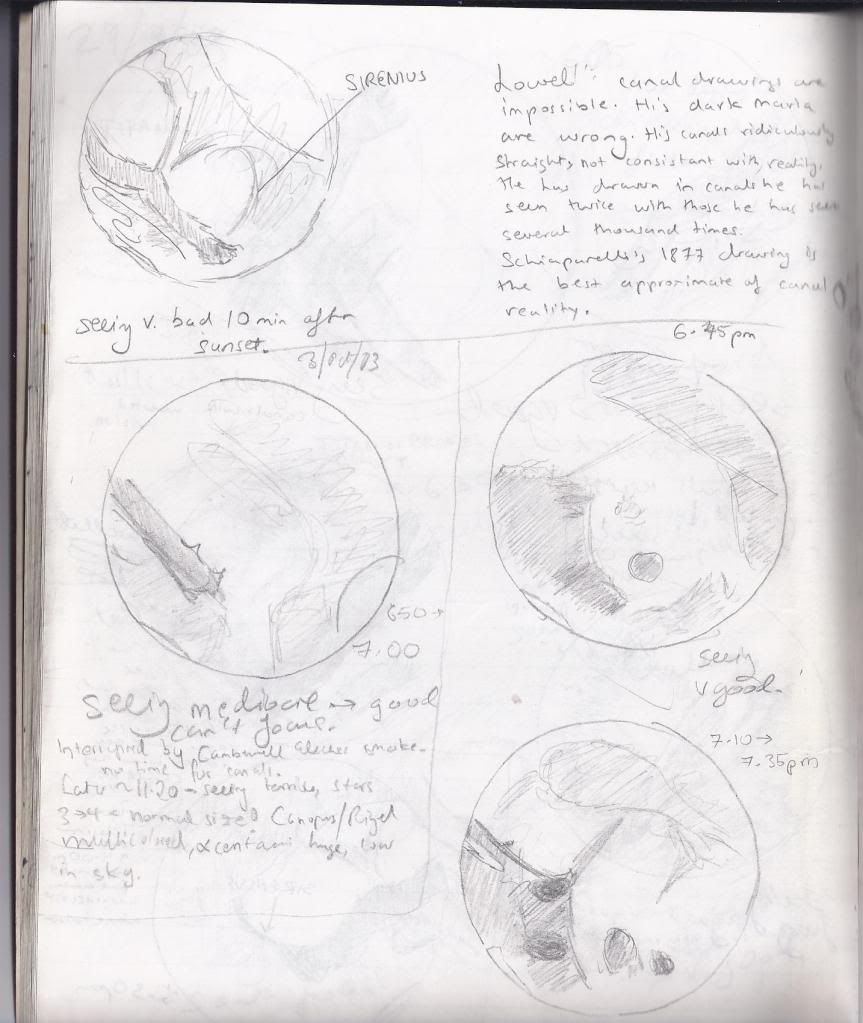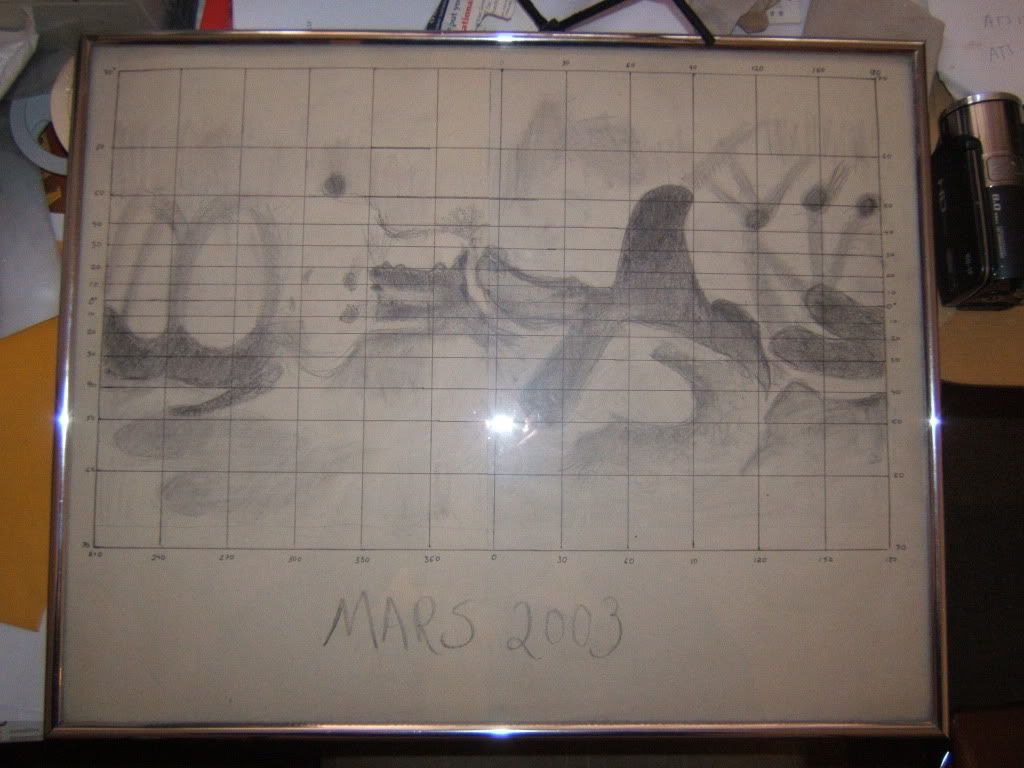Here is the thread. I am the user 'overlord'.
http://www.iceinspace.com.au/forum/showthread.php?t=75928
I was accused of being a troll by one individual for refusing to agree with everyone that the name of Australia had been besmirched; for it seemed to a certain American commentator that Australians were firm believers in Astrology. They had used their 'astrologers' to predict an impending alignment of 5 planets at dawn.
Here is the article in which an American journalist claims the Australian Broadcasting Corporation is living in the dark ages:
Media shame of the month: Australian Broadcasting Corporation
Being something of an astrology enthusiast I proceeded to point out to several people that not everyone shared their opinion. I believe I pointed out that planetary alignments are of great use to astrologers and it is the primary reason that they are studied. Thus there would really be nothing wrong with the ABC journalist saying: 'Astrologers predicted the alignment'. In fact, it is not an insult, but a complement and it is quite factual. Astrologers have been predicting alignments for millennia and they are more than qualified to do so. The statement was correct.
In fact, alignments are of little use to astronomers as there is little to be gained unless an occultation occurs. Many astronomers consider it spurious to study the tidal or gravitational effects of alignments upon the Sun even though there is a very strong tidal effect, as proven by the following chart. It is to be noted that a very considerable alignment occurred in 1982. The effect of the alignment was to pull the Sun out of the center of the Solar System. The center of mass, often located inside the Sun, moved to almost one solar-diameter more distant from the Sun's center, than was otherwise the case.
The effect would bring the Sun relatively closer and more distant to Earth within a single year than is usually the case. The result? Extreme weather, crop failure, and with the dimunition of availability of primary commodity... resulting in recession and revolution.... Sounds familiar doesn't it? The world experienced some unusually hard astrological aspects in the past several years. Crop prices almost trippled in 2008 causing widespread protest and unrest in the third world. In America we had 'Change'. 'Free health care'. In the Arab world, total devastation. This is what the world is experiencing right now. To an astrologer, this is intuitively correct... alignments cause economic and thus political catastrophe by ruining an old cycle of growth. This can never be taken as superstition as it is so evidently an ipso factum, or actual case.
What about 1982, when we had a grant alignment? This was the year of a Reagan Recession, but also a Reagan Revolution. The world had changed. Weather had changed and instead of cooling, as it did since the 1940s, it reversed its course and began to get warmer. Politics was thus employed to change the economy to fit the new reality. Quite simply, revolutions occur to fit new economic realities.
The peak in farm prices in 1982 coincides with a massive increase in grain prices, across the world:
It is seen that capitalised farm values remained low due to a recession. No-one had the cash to buy the expensive farms and only desperate people who couldn't afford not to sell, sold. This is the case of a food crisis happening to coincide with an alignment. Thus fortunes are made and lost in recessions.
God only knows what is happening to the internals of the Sun at such times in which it is pulled out of alignment... Different layers of the sun are composed of different densities which would be affected in various ways. The study of this is 'forbidden' to solar researchers as it is considered too astrological. It is considered superstitious. There are thus these mighty forces impacting the sun which are not allowed to be discussed by those seeking to understand the solar mechanism itself. We ask... why... when the Sun is the primary force for life on Earth? It's health seems to be adversely affected by hard aspects, (alignments). This has been noticed throughout history and is not a new idea.
On the astronomy forum, I was confronted with the circular argument that science only evolves upwards. In other words, old ideas can never be brought back, even if there is evidence to support them. Whoever invented this cosmic law really needs to add it to the Bible. I don't recall EVER reading it in the Holy Book. I think that some Scientists or their followers like to consider that they are qualified to invent their own laws of the universe. `Occams Razor' is an example: God likes to make things easy to understand for humans so the easiest thing to understand will be more true than a process which is complicated. Really? Fred Hoyle quite rightly called this the `law of maximum trivialization'.
As to the alignment itself, well... it was less than spectacular at any rate. Five planets were to align. Alas, Uranus and Neptune are invisible to the naked eye. Furthermore, Mercury is generally too close to the horizon at sunrise, (and sunset) to be seen in a suburban environment. Only Venus, with a smallish Jupiter, (mistaken for Mercury until my telescope told me otherwise), on the far side of the solar system, were visible. Thus I dragged myself back inside before 6 AM and climbed back into bed for some more pleasant shut-eye.








